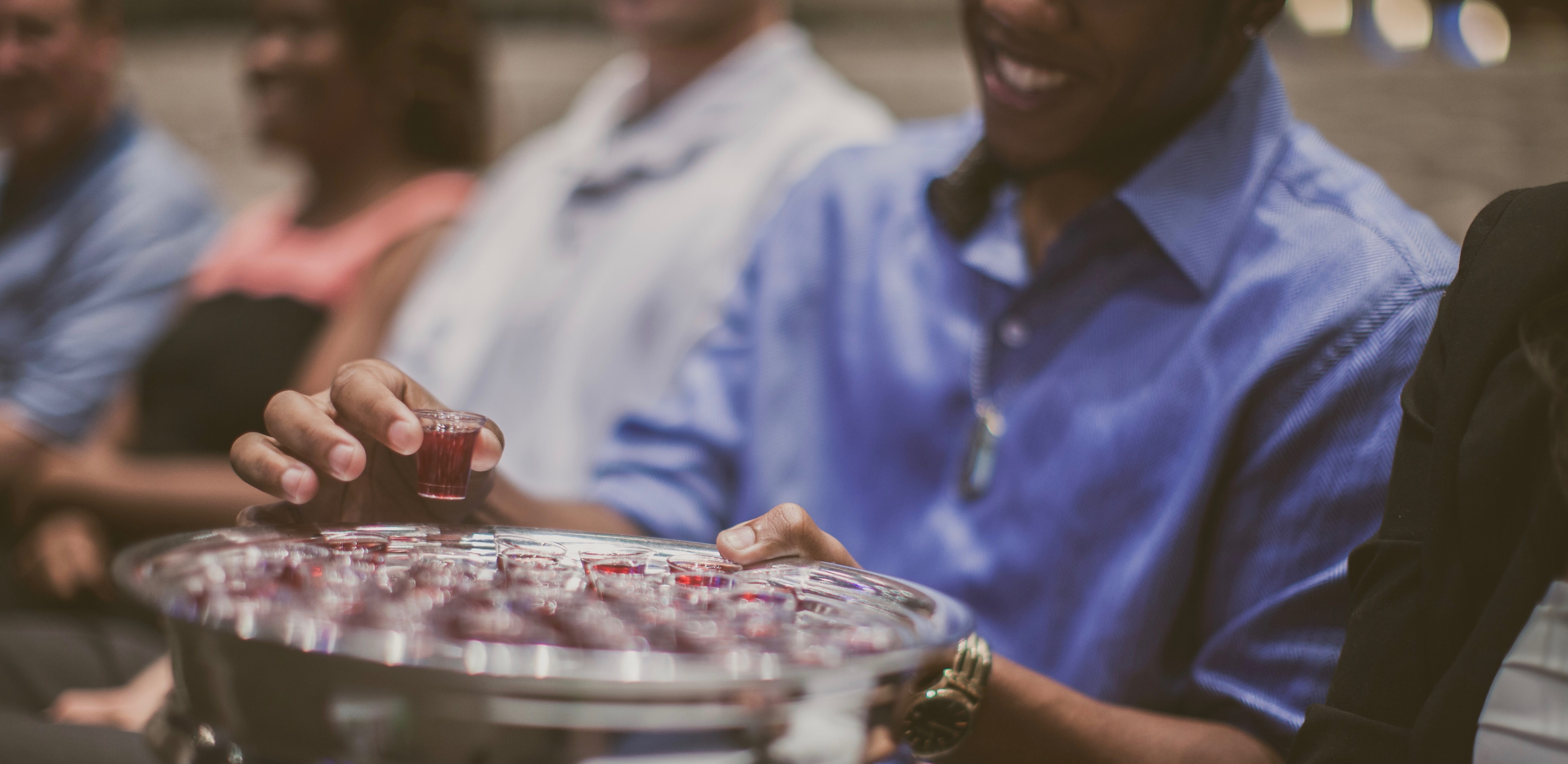In a recent article, Jaci Garrett calls on Baptists to reassess their practice of the Lord’s Supper in light of lessons learned from her experience in the Episcopal church. She acknowledges what many Baptists have felt: Our practice of the Lord’s Supper is not always as robust as it could be.
While I agree with the author that Baptists can benefit from renewing our practice of this essential part of Christian worship, and have myself benefited from good conversations with a friend who was an Episcopal priest, I disagree with her assertion that the problem with our observances is rooted in our understanding of the symbolic nature of the Lord’s Supper.
Baptists need not abandon their commitment to the symbolic understanding of the elements in order to move towards a fuller practice of the Lord’s Supper. In fact, a greater appreciation of the power of symbols in shaping our lives will assist Baptists on that journey.
The power of symbols in all of life
Gordon T. Smith has done an excellent job explaining the power of symbols in his work A Holy Meal: The Lord’s Supper in the Life of the Church. Smith argues that a symbol should never be thought of as “just a symbol” because a symbol’s meaning always includes more than can be explained with words.
Symbols—especially good ones—are “alive with meaning,” Smith asserts. Symbols connect people with values and memories, commitments and passions. Wedding rings, national flags, tossing dirt upon a casket, these are symbols, but there is nothing “mere” about them. Such symbols connect people to the deepest aspects of life.
The Baptist understanding of symbolism in the Lord’s Supper
When some Baptists talk about the Lord’s Supper being just a symbol, they are referring to the fact that Baptists do not believe the elements are somehow transformed into the real presence of Christ.
Much ink has been spilled on this topic, but suffice it to say, for most Baptists, any discussion of Christ’s real presence being present in the bread and the cup goes beyond what we think is justified by our reading of Holy Scripture.
Denying Christ’s real presence in the elements does not mean we think the symbols of bread and cup are unimportant. To the contrary, we believe when we receive the elements with faith, the symbols become one of the means by which Christ ministers to his people and transforms them to the people of God.
Renewing the practice of the Lord’s Supper
The path of renewal in our practice of the Lord’s Supper can be found not in changing our understanding of the symbolic nature of the meal, but by practicing the Lord’s Supper more frequently.
Sign up for our weekly edition and get all our headlines in your inbox on Thursdays
In each of the congregations I have served as pastor, we have increased the number of times a year when we observe the Lord’s Supper. We also have worked hard at doing a better job of showing how the Lord’s Supper helps us to rehearse the essential truths of our faith. Christ’s commandment, after all, was to “Do this in remembrance of me” (Luke 22:19).
More frequent observance of the Lord’s Supper allows ministers and lay leaders to do a better job explaining how the Lord’s Supper helps us to understand the gospel we proclaim.
Remembering Christ through the Lord’s Supper
At the Lord’s Table, we remember Christ’s sacrifice and hold fast to the truth that we are a people formed by God’s grace. At the Lord’s Table, we practice what it means to be a people shaped by faith, confession and thanksgiving. At the Lord’s Table, we get a glimpse of what true fellowship is.
We are the one family of God, whether we like each other or not! God has made it so through Christ’s action on our behalf. We remember it is not we who choose the guest list at this meal, but God. Eating the Lord’s Supper together challenges us to make room for one another not only at the Lord’s Table, but in the rest of our lives, as well.
At the Lord’s Table, we remember one sign of the kingdom is that the hungry are fed. We remember to make sure we are doing our part in Christ’s name to care for those in need.
At the Lord’s Table we remember the one who died for us will one day come again. On that day, we shall feast with him in his kingdom come. Eating this meal regularly reminds us of the hope we have in Christ.
By teaching such things regularly and over time as we observe the Lord’s Supper together, the symbols of bread and cup will do much of the talking for us.
Taylor Sandlin is the senior pastor of Sugar Land Baptist Church in Sugar Land, Texas, and is a member of the Baptist Standard board of directors.














We seek to connect God’s story and God’s people around the world. To learn more about God’s story, click here.
Send comments and feedback to Eric Black, our editor. For comments to be published, please specify “letter to the editor.” Maximum length for publication is 300 words.